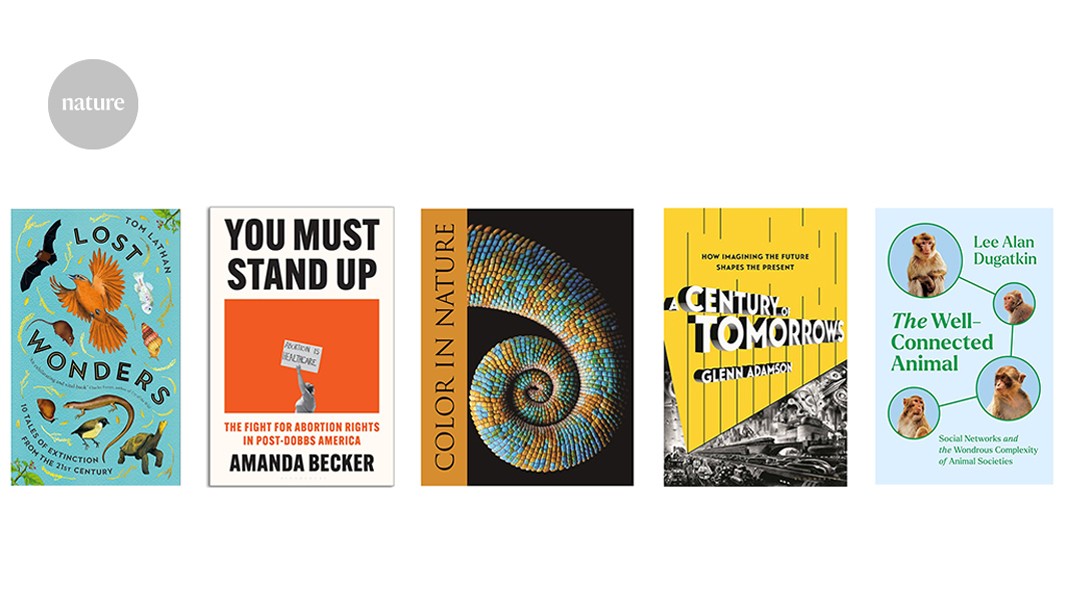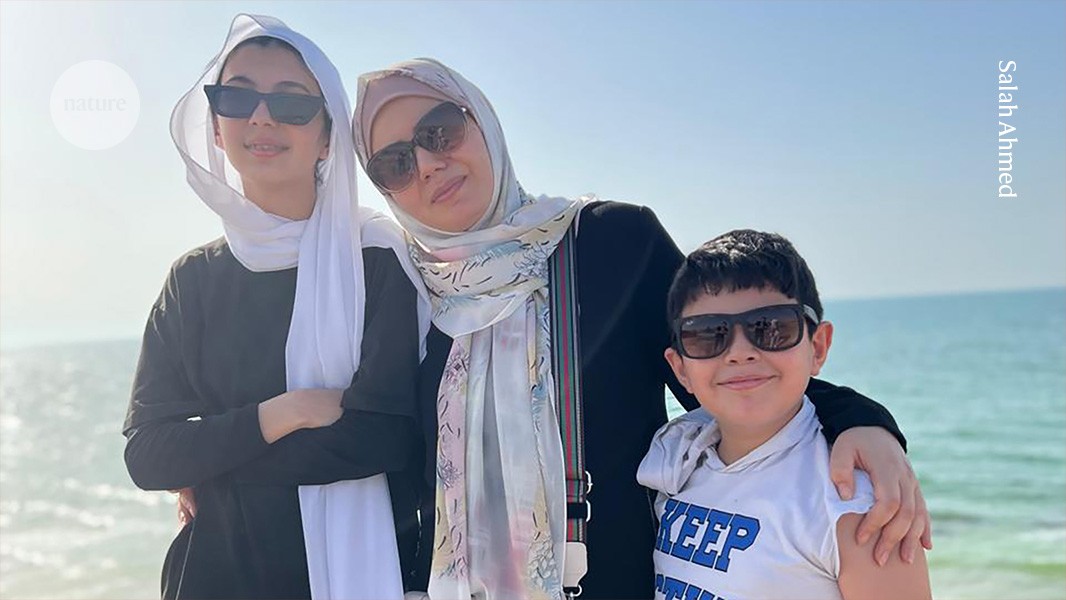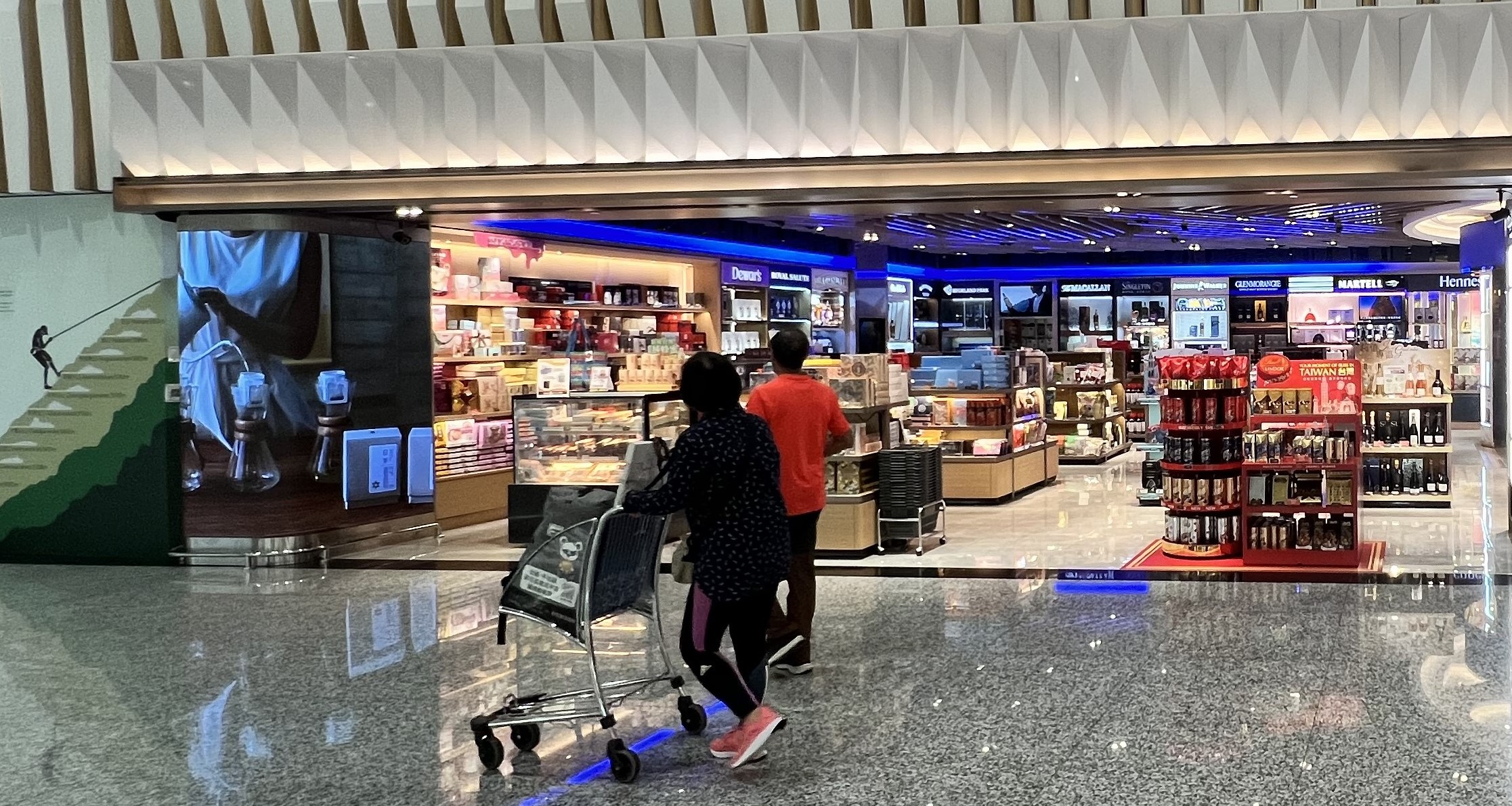Fostering Teamwork: Implementing Collaborative Assignments as High-Impact Practice
Teaching is a dynamic endeavor. As instructors, we are continually looking for ways to grow and improve.

Teaching is a dynamic endeavor. As instructors, we are continually looking for ways to grow and improve. We want to make sure that we are serving our students to the best of our abilities and, thereby, creating inclusive, engaging, and meaningful learning experiences. As part of this journey, we might consider incorporating high impact practices in our classrooms.
High Impact Practices
High impact practices (HIPs) are a set of strategies for improving the student learning experience. The American Association of Colleges and Universities (AAC&U) recognizes the following 11 evidence-based practices as integral to student success.
- Capstone Courses and Projects Collaborative Assignments and Projects Common Intellectual Experiences
- Diversity/Global Learning
- ePortfolios
- First-Year Seminars and Experiences
- Internships Learning Communities
- Service/Community-Based Learning
- Undergraduate Research
- Writing Intensive Courses
An example of this is offered at the University of Arkansas which recognizes “Wellness” as a practice that is integral to student success and details all HIPs and their common elements at hips.uark.edu/for-faculty. HIPs have been proven to be beneficial to all students, particularly to those from underrepresented groups (Trending Topic: High-Impact Practices, 2024).
At first glance, the task of including these practices in the classroom might feel a bit daunting. HIPs like internships, learning communities, undergraduate research projects, and even capstone projects can be difficult to fit into the confines of a semester-long course without a great deal of development and design. However, not all HIPs need to be planned at once and not all are suitable for every course. Instructors are encouraged to take small steps to start building HIPs in their curriculums, and there are some HIPs which are easy to incorporate into an existing course. One of the most accessible practices on this list might be collaborative assignments and projects.
Collaborative Activities
Collaborative learning activities are a great way to assist students to think critically, communicate effectively, consider the thoughts and perspectives of others, and work together to solve problems. Developing these skills is not only important academically but will also be beneficial to students in their future careers. In fact, the National Association of Colleges and Employers lists communication, critical thinking, equity and inclusion, and teamwork as four of the eight career readiness competencies.
Implementing Collaborative Activities
Collaborative activities can take many forms and vary in duration; some may be brief and straightforward, while others can involve more extensive and time-consuming tasks. Regardless of the format, instructors should keep the following key points in mind while implementing an activity:
Clearly Explain the Purpose of the Activity
For students, activities are more meaningful if they understand how the activity relates to the course objectives and, more broadly, to their fields of study. We often hear students complain about “busy work” and we want to make sure that we are explicit in giving meaning to any assigned task. Additionally, if the students are aware of the meaning behind an assignment, they will be more likely to engage with the undertaking in a meaningful and productive way.
Provide Clear Outcomes and Expectations
Once students understand why they are being asked to engage in an activity, it is important to make sure they know what is expected of them. We need to be clear about what we want the final product to look like or to include. Providing a rubric at the beginning of the activity allows students to view criteria they need to meet and exactly how their work will be assessed. Providing a rubric and detailed set of expectations also reduces chances of misinterpreting the activity and helps students use their time efficiently while staying on track with activity tasks.
Provide Scaffolding and Guidelines for Time Management
It is also important to provide a clear structure of the activity to help students complete the activity successfully and in a timely manner. For short activities, clearly defining the objective and setting a strict timeframe is beneficial. For longer activities, it is beneficial to break the assignment into smaller, more manageable chunks.
- Consider setting multiple deadlines for different components or stages instead of one final deadline.
- Emphasize the importance of each component or stage.
- Demonstrate how subsequent stages build upon the work completed in the previous stage.
- To keep students on track, provide a calendar or checklist.
- Offer periodic feedback for improvement along the way.
This structured approach not only helps students stay on track but also reinforces the significance of each step in the collaborative process.
Examples of Collaborative Activities
Often, students need encouragement to work in teams or form study groups. This could be accomplished in a variety of ways.
- Ice-breaker activities on the first day of class is one easy way to help the students start to get to know each other. Activities such as people bingo, two truths and a lie, scavenger hunt, or beach ball are quick and engaging ways to get students interacting. The more comfortable the students are with each other, the more likely they’ll be to form study groups on their own. You can also help to facilitate study groups through online survey responses or in-class sign-up sheets.
- Test reviews are another great opportunity to incorporate collaborative activities in class. Students could form small groups to review material, create a study guide, and/or work on solving a set of problems to help prepare for the exam. Rather than having students submit answers to problem sets at the end of class, review sessions could be livened up a little by using interactive software such as Kahoot, Mentimeter, or another audience response system.
- Assigning group activities for which students will need to present material to the class can be an impactful way to encourage collaboration. When students know that they are preparing to share or present, they will be motivated to engage with the course material on a deeper level. In addition to communicating with group members, students also must think about how to communicate and effectively share information with their audience. To reduce some of the anxiety often associated with speaking in class, students could be given the option of creating a video presentation which could be shared in the class LMS.
- Open-ended problems are great way to offer students the opportunity to work in diverse teams, develop critical-thinking skills, and gain presentation and project management skills. Unlike closed-ended questions with a single correct answer, open-ended problems encourage students in groups to analyze the problem from different angles and evaluate the pros and cons of various solutions. Open-ended collaborative assignments tend to be more engaging for students because the problem feels more authentic and relevant to real-life, and also because students have more autonomy in directing their learning. Assigning open-ended problems does not have to be complicated; it could be a simple real-life math distribution problem such as party planning (and you need to decide on number of tables and chairs, etc.) or creating of a story in language arts. Or it could be a larger project such as finding innovative energy solutions for your area.
In closing, there are a variety of ways to foster teamwork within the classroom. Some ways are easier to implement than others, but taking collaboration into consideration when mapping out your class can greatly improve the student experience.
Shanda Hood is a teaching assistant professor for the Fulbright College of Arts & Sciences at the University of Arkansas.
Aysa Galbraith is a teaching associate professor for the College of Engineering at the University of Arkansas.
References
Strenghscope. (2022, February). Why setting clear expectations is important and how to do it. From Strenthscope: https://www.strengthscope.com/blog/why-setting-clear-expectations-is-important-and-how-to-do-it
Tambayan, D. (2024). Enhancing Learning and Engagement through Group Work: Effective Strategies for Educations. From Depedtambayan.net: https://depedtambayan.net/group-work-in-classroom-strategies-for-educators/
Trending Topic: High-Impact Practices. (2024). From AAC&U : https://www.aacu.org/trending-topics/high-impact













![AI Reality VS Speculation with Google Machine Learning Engineer Jiquan Ngiam [Podcast #156]](https://cdn.hashnode.com/res/hashnode/image/upload/v1737151884317/c5b49f86-1f4a-45fd-bf2f-48ed084c1762.png?#)











.jpg?width=1920&height=1920&fit=bounds&quality=80&format=jpg&auto=webp#)




















































